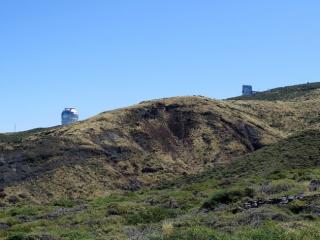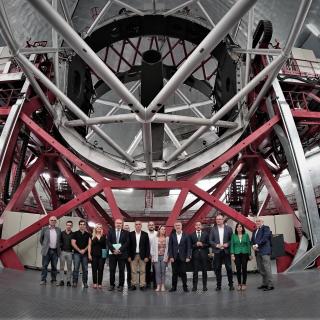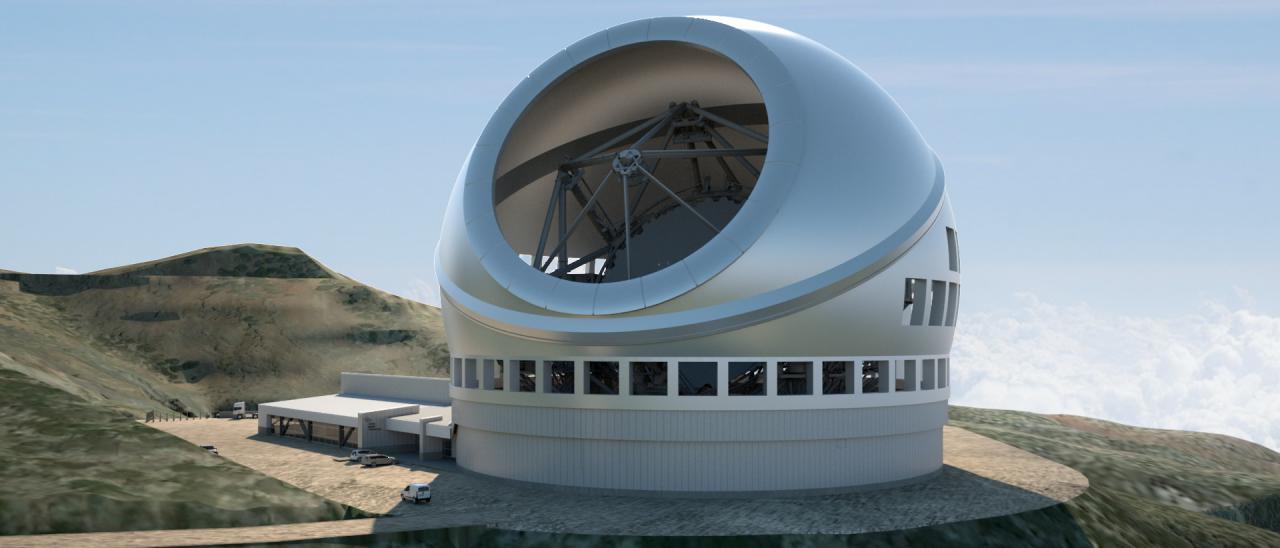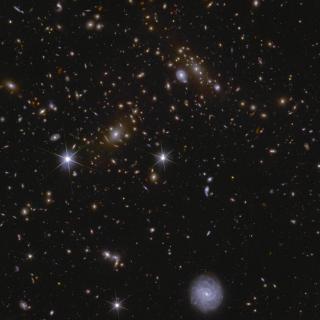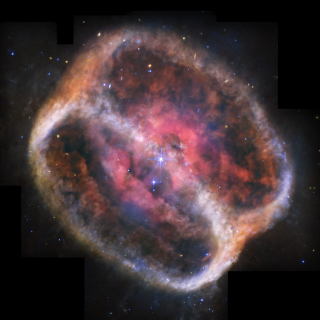The National Academy of Science of the United States presented, yesterday afternoon, its report Pathways to Discovery in Astronomy and Astrophysics for the 2020s, a decadal study which identifies priorities for research and makes recommendations for future investment in scientific projects for the next ten years.
Among its conclusions the report specifies the Programme of Extremely Large Telescopes (ELT) as a priority for ground-based astronomy, and stresses the need to invest in at least one of the projects proposed for this type of telescopes, among them the Thirty Meter Telescope (TMT).
According to the report, the TMT could be sited either in Hawaii or La Palma. Rafael Rebolo, Director of the Instituto de Astrofísica de Canarias (IAC) rates this decision as a success “because it means that the scientific evaluation carried out by the higest level committee in the United States considers that the scientific objectives of the TMT are feasible if it is sited in La Palma”.
During 2022 the National Science Foundation (NSF) will carry out an external and exhaustive revision, to evaluate the financialand programmatic viability of each of the American projects for ELT’s.
Link to Pathways to Discovery in Astronomy and Astrophysics for the 2020s

